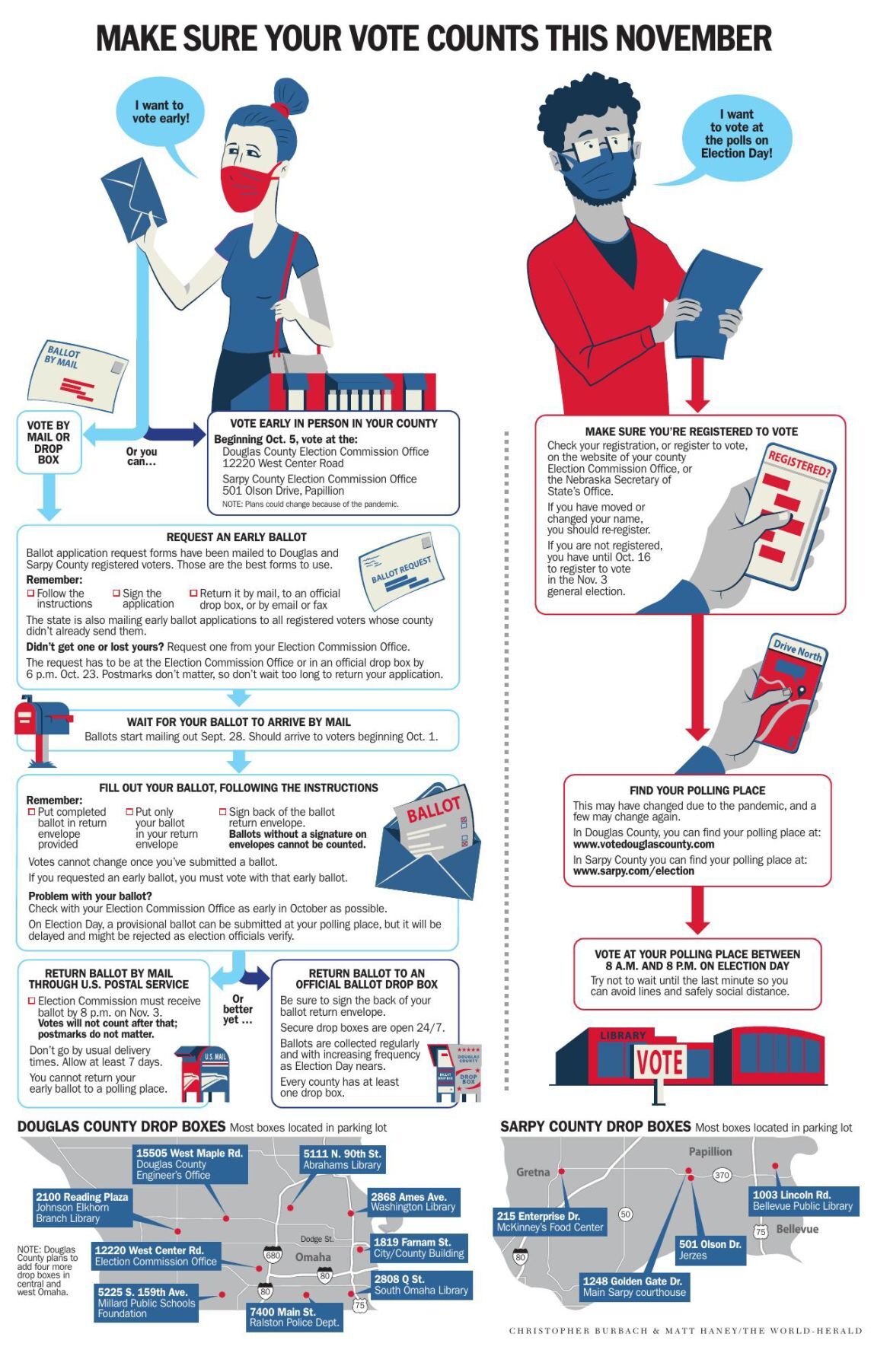Advertisement
On Politics Media Watch
Democrats have a new tool to identify voters who have been removed from the rolls.
Hi. Welcome to On Politics, your guide to the day in national politics. I’m Nick Corasaniti, your host on Tuesdays for our coverage of all things media and messaging.
Sign up here to get On Politics in your inbox every weekday.

A routine check of Kentucky’s voter file led Democrats to a big discovery last year as a tight governor’s race approached.
The Democratic National Committee noticed that Kentucky election officials had placed 175,000 voters on an “inactive list,” most of whom were probably unaware of their changed status. Those voters would have had to take extra steps, like signing an oath, to vote on Election Day. The state Democratic Party sued to restore the voters to the rolls and won.
It’s hard to say whether the effort swayed the outcome of the governor’s race, but the Democrat, Andy Beshear, defeated the incumbent Republican, Matt Bevin, by just 5,086 votes.
Now, the D.N.C. has created an app to help state parties and campaigns replicate and expand upon those tactics, the party said Tuesday. The new tool will help identify changes large and small in the voter rolls and enable Democrats to contact affected voters.
Putting this tool in the hands of Democratic operatives on the ground in each state, party officials argue, will allow those with more intimate knowledge of local constituencies to notice abnormal changes in the rolls or to simply reconnect with lapsed voters. (Left unsaid is that local Democrats will have a better idea of which voters are more likely to vote Democratic if they can be re-registered.)
The functionality is relatively simple: The D.N.C. ingests voter file data from all 50 states on a regular basis. It then layers the new information over a historical database built on previous data collection by state parties, revealing any changes in voter registrations as well as key demographic breakdowns. A web-based interactive dashboard with all of this information is then made available to state parties and campaigns.
As the 2020 campaign intensifies, many states, most of them led by Republican officials, have proceeded with purges of their voter rolls under the banner of election security. In Wisconsin, a state President Trump carried by fewer than 23,000 votes, a Republican-led effort to purge 200,000 voters has reached the State Supreme Court. In Georgia, an increasingly competitive presidential and Senate battleground state, a federal judge backed state officials’ efforts to remove 100,000 voters from the rolls. Republicans say such moves are necessary to protect the integrity of elections, while Democrats say they amount to voter suppression.
Previously, the D.N.C. had a dashboard that tracked some voter purge data, but its information was limited, and it was not easily usable outside of the party’s headquarters. The new app offers data on the demographics of affected voters, so Democratic officials across the country can see if black voters or Native American voters were disproportionately affected by a state action, for example.
“We are doing everything we can to protect Americans’ right to vote, and this tool is one example of how we’re bridging the gap between voter file analysis and talking to voters themselves,” said Nellwyn Thomas, the chief technology officer at the D.N.C.
Officials at the Republican National Committee said that the D.N.C. was simply catching up and that Republicans had been running a similar program “for over a decade” for their campaigns.
“Unlike the D.N.C., we have been providing basic data like this to campaigns and state parties free of charge for at least 10 years, and we help facilitate tens of thousands of these registrations every year,” said Michael Ahrens, the communications director for the R.N.C. “Often times we learn that someone has moved or become ineligible even earlier than the state does, and work to re-register them then. It’s a testament to how sophisticated our data operation is.”
For the D.N.C., the new tool could be especially effective as more states encourage absentee voting during the coronavirus pandemic. Several states, including Georgia, have been mailing out absentee ballot applications only to “active” voters, so voters who have been moved to inactive lists would not get ballots.
“You’re normally not notified if you’ve been affected by a purge,” Ms. Thomas said. “So this gives voters a chance to correct for that and get back on rolls before ballots are sent or voting begins.”
Drop us a line!
We want to hear from our readers. Have a question? We’ll try to answer it. Have a comment? We’re all ears. Email us at onpolitics@nytimes.com.
Turning politicians’ previous public statements against them is the bedrock of negative political advertising. After many Republican critics of Donald J. Trump quickly changed their tune after his victory in 2016, the arsenal of earlier comments available to opposing ad makers is ample.
Take Senator Lindsey Graham. During the 2016 campaign, the South Carolina Republican once called Mr. Trump a “race-baiting, xenophobic, religious bigot” and encouraged Americans to “tell Donald Trump to go to hell.” Now he’s among the president’s staunchest defenders.
A new ad from Republican Voters Against Trump, a political group whose name says it all, mashes those former criticisms of Mr. Trump by Mr. Graham with his previously effusive praise of Joseph R. Biden Jr.
The message: Though it opens with the senator’s lashing of Mr. Trump, the ad quickly transitions to a teary-eyed Mr. Graham sitting in the back of a vehicle, part of an interview with The Huffington Post in the summer of 2015. “If you can’t admire Joe Biden as a person, there’s probably — you’ve got a problem,” Mr. Graham says. His voice shakes as he recalls some kind words and moments he shared with the former vice president.
“He is as good a man as God ever created,” Mr. Graham says, concluding that Mr. Biden is “the nicest person I think I have ever met in politics.” The ad then switches back to Mr. Graham’s pre-election criticism of Mr. Trump, when he said, “If we don’t reject Donald Trump, we’ve lost the moral authority, in my view, to govern this great nation.”
The takeaway: By now, replaying Republicans’ former criticism of Mr. Trump is a common tactic. But juxtaposing it with the praise for Mr. Biden sets this ad apart and lends a bipartisan tribute to one of Mr. Biden’s core slogans: that he can “restore the soul of this nation.”
The ad has been watched more than 1.7 million times on YouTube.
Thanks for reading. On Politics is your guide to the political news cycle, delivering clarity from the chaos.
On Politics is also available as a newsletter. Sign up here to get it delivered to your inbox.
Is there anything you think we’re missing? Anything you want to see more of? We’d love to hear from you. Email us at onpolitics@nytimes.com.
-
- Officials in Tulsa, Okla., are warning that the Trump campaign’s planned rally on Saturday is likely to worsen a spike in coronavirus infections.
-


